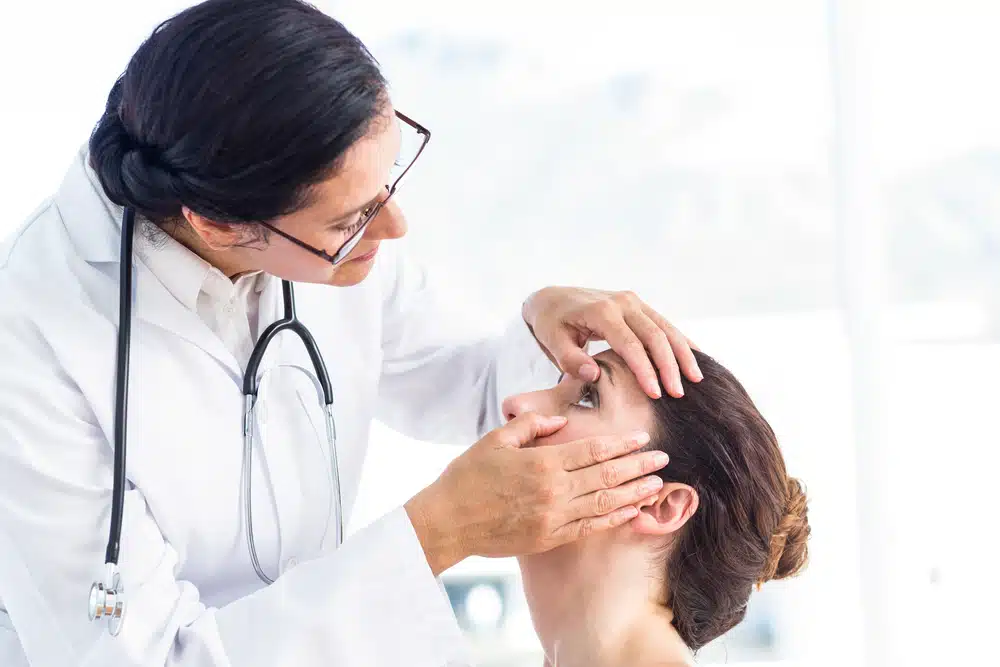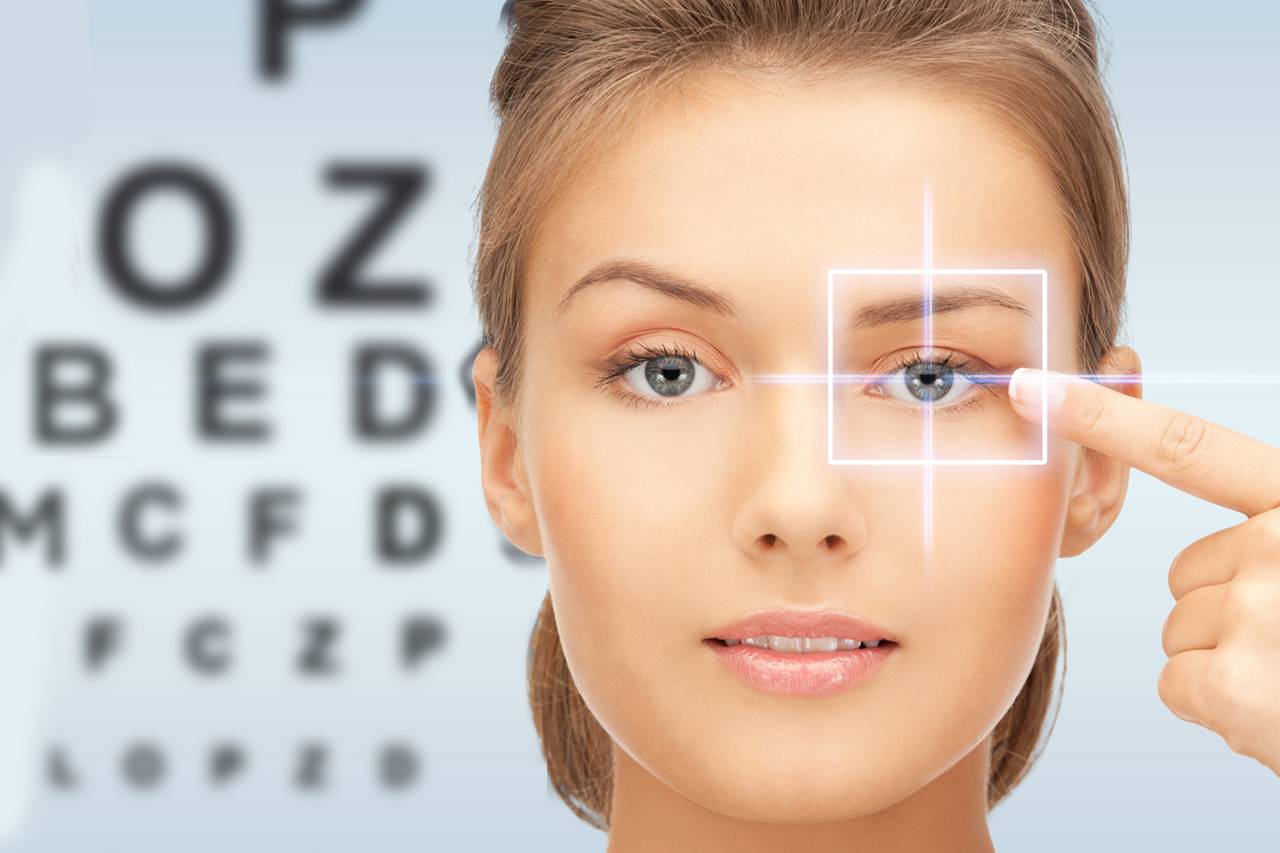Top-Rated Optometrist Riverside: Customized Vision Solutions Await
Top-Rated Optometrist Riverside: Customized Vision Solutions Await
Blog Article
The Comprehensive Eye Exam: What to Anticipate During Your Visit to the Eye Physician
A visit to the eye doctor for a comprehensive eye examination is even more than a regular exam; it is a vital action in securing your aesthetic health. What specifically occurs throughout the eye health assessment, and how does it influence the prescription procedure?
Initial Assessment
The first assessment during an eye test serves as an essential foundation for understanding a patient's aesthetic health needs. This phase establishes the tone for the entire assessment process, allowing the eye doctor to gather necessary info regarding the person's case history, way of life, and particular vision problems. By meticulously reviewing any kind of pre-existing problems, medications, or previous surgeries, the eye treatment expert can tailor the assessment to attend to specific requirements properly.

In addition, the preliminary examination is an opportunity for clients to articulate any type of questions or worries, promoting a collaborative partnership with their doctor. This communication not just ensures that the client really feels informed and comfortable but additionally equips them to get involved proactively in their eye wellness management. Jointly, these discussions allow the eye doctor to create a personalized exam strategy, making certain optimum care and exact diagnosis.
Aesthetic Skill Examination
Starting the core components of an eye examination, the visual skill examination is created to evaluate the intensity and clearness of a client's vision. This crucial analysis aids establish how well an individual can recognize letters or icons at a standard range, typically making use of a Snellen chart (Opticore Optometry). The graph makes up rows of letters that lower in size from leading to bottom, with the individual placed at a popular range of 20 feet
Throughout the examination, the patient is asked to cover one eye and check out out loud the smallest line of letters they can see clearly. This procedure is duplicated for the other eye. The results are tape-recorded as a portion, with 20/20 vision showing regular visual acuity-- where the patient can see at 20 feet what a person with regular vision can see at that range.
The visual skill test likewise determines prospective refractive mistakes such as nearsightedness, hyperopia, or astigmatism, which could demand corrective lenses. By establishing a baseline of aesthetic efficiency, the examination is a crucial diagnostic tool that aids the eye care expert in developing a proper therapy strategy customized to the client's one-of-a-kind visual demands.
Eye Health Evaluation
Adhering to the aesthetic acuity examination, a detailed eye wellness analysis is conducted to ensure the overall well-being of the eyes. This critical sector of the eye examination entails a complete analysis of both the interior and external structures of the eye. The ophthalmologist or eye doctor starts by checking out the eyelids, cornea, conjunctiva, and sclera for any indications of infection, swelling, or problems. Using specialized tools like a slit light, the read this article expert obtains an amplified view of the eye's anatomy, allowing in-depth inspection.
Via the use of ophthalmoscopy or fundus photography, the retina, optic nerve, and blood vessels are meticulously examined. In several situations, pupil expansion is carried out to improve exposure of the internal eye structures, although this might result in temporary light sensitivity for the individual.
In addition, intraocular pressure is determined to screen for glaucoma risk. This is generally done making use of tonometry, which can find raised stress degrees that might recommend potential damages to the optic nerve. Jointly, these analyses create an extensive evaluation to preserve ocular wellness.
Refraction and Prescription
Refraction is an advanced treatment conducted by eye treatment specialists to determine the precise lens power needed to remedy refractive errors such as nearsightedness, hyperopia, presbyopia, and astigmatism. The goal of this treatment is to examine exactly how light bends as it passes via the eye, enabling the expert to identify whether restorative lenses are required for enhanced visual acuity.
During look what i found the refraction process, the individual is asked to look via a phoropter, a tool which contains numerous lenses. The practitioner will systematically change these lenses and ask the individual to compare clarity between options until the best feasible vision is attained. This procedure is critical in crafting an exact prescription that specifies the proper lens power for glasses or call lenses.
The prescription stemmed from this procedure not just enhances vision but additionally functions as a structure for choosing ideal restorative glasses. It is vital to make certain that prescriptions are routinely updated, as adjustments in vision can occur over time, emphasizing the value of routine eye examinations. This precise attention to detail helps preserve clear, comfy vision in day-to-day live.
Follow-Up Referrals

Throughout a follow-up go to, the eye medical professional will certainly carry out a series of examinations to assess visual skill and look for any kind of modifications in vision that may necessitate an update to the prescription. Additionally, the follow-up provides an opportunity to talk about any kind of discomfort or concerns experienced with existing eyeglasses. Modifications can be made to ensure comfort and efficacy, whether with lens modification or framework adjustments.
For patients with ongoing problems such as glaucoma, diabetes-related eye issues, or macular deterioration, even more regular follow-ups might be needed. These consultations are vital for managing and possibly reducing the development of eye illness. Adhering to these recommendations can dramatically contribute to keeping aesthetic health and wellness and protecting against long-term problems.
Verdict
The detailed eye examination is an important procedure for keeping aesthetic wellness, including a thorough evaluation of case history and vision issues. Key components include the visual acuity test, which assesses vision clearness, and the eye wellness evaluation, which checks out the total condition of the eyes. Refraction examinations aid establish the accurate lens prescription necessary for optimal vision improvement. Follow-up recommendations provide support for recurring eye care, guaranteeing that any kind of prospective issues are resolved immediately and properly.
A browse through to the eye doctor for a comprehensive eye exam is more than a regular exam; it is a crucial step in safeguarding your aesthetic wellness.Kicking off the core parts of an eye examination, the aesthetic acuity test is created to examine the intensity and quality of a client's vision.Following the visual acuity examination, a detailed eye health analysis is performed to make certain the total well-being of the eyes. These brows through allow the eye care expert to monitor adjustments in imp source vision, update prescriptions, and examine the overall wellness of the eyes. Trick components consist of the visual skill examination, which reviews eyesight quality, and the eye health analysis, which takes a look at the overall problem of the eyes.
Report this page